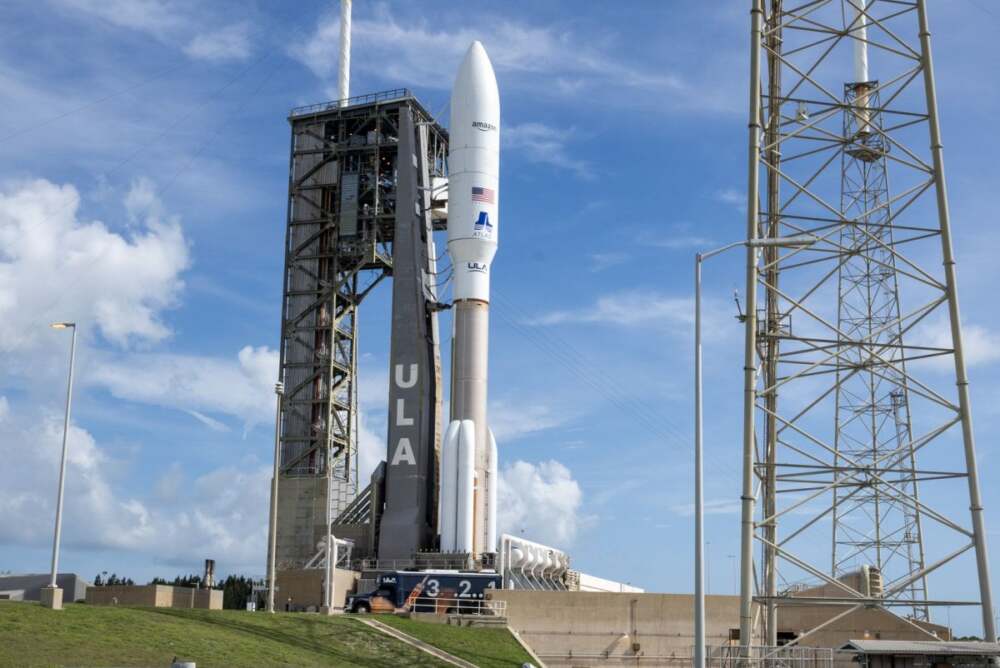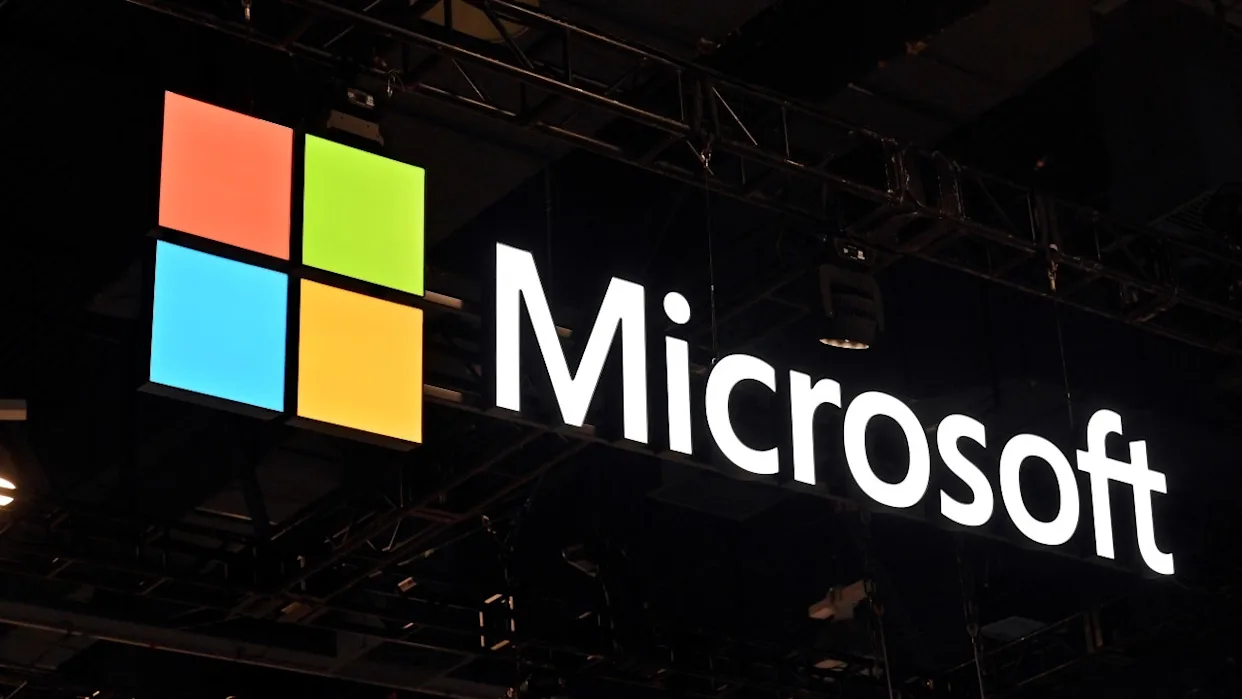The space industry is once again seeing the tension between ambition and execution, as Blue Origin’s New Glenn rocket experiences yet another schedule slip while Amazon’s Project Kuiper continues an aggressive pace of satellite deployment. The twin stories capture the state of modern commercial space: reusable rockets striving to prove themselves, and mega-constellations pushing the boundaries of orbital logistics.
New Glenn’s Second Flight: Slipping but Still Critical
Blue Origin’s New Glenn, a heavy-lift reusable rocket designed to compete with SpaceX’s Falcon Heavy and eventually Starship, completed its maiden flight earlier this year. That mission demonstrated the vehicle’s raw capabilities, but many in the industry emphasized the importance of follow-up flights to validate reusability and consistency.
The second flight, which was scheduled for late September, has now been pushed back to late October or early November. The primary payload is a small NASA mission, designed to test scientific instruments in orbit. While the payload itself is modest, the symbolism of this launch is immense: it is a test of whether New Glenn can meet the reliability standards necessary for NASA, commercial partners, and eventually national security customers.
Sources indicate the delay centers on final checks of the rocket’s second stage systems and integration processes. Blue Origin also intends to attempt another first-stage recovery, a capability central to its cost-reduction model. Any hint of failure could ripple into delays for future missions and jeopardize confidence among prospective clients.
Why Reusability Is the Benchmark
The space launch market has shifted dramatically in the past decade. Reusability is no longer experimental—it is expected. SpaceX demonstrated that reusable boosters not only work but drastically cut costs. Blue Origin, with its years of investment in reusable technology through the smaller New Shepard vehicle, now faces the real challenge: scaling that concept to orbital flights.
If New Glenn can consistently recover and reuse its booster, it will position itself as a serious competitor in the global launch market. However, repeated schedule slips highlight the complexity of scaling up hardware from testing environments to high-stakes operational missions.
Project Kuiper: A Study in Momentum
While New Glenn stalls, Amazon’s Project Kuiper is accelerating. The program, Amazon’s answer to SpaceX’s Starlink, aims to deploy thousands of satellites to provide global broadband internet coverage, with a focus on underserved regions.
Recent launches have expanded Kuiper’s constellation significantly, and the company has announced more frequent deployment windows in the coming months. The urgency is partly regulatory—Amazon must meet deployment milestones to keep its spectrum rights—but also strategic. By pushing satellites into orbit quickly, Amazon can start service rollouts in select areas, test ground infrastructure, and begin collecting performance data.
Unlike Blue Origin, which is building rockets, Kuiper is heavily reliant on launch providers. The constellation’s success depends on a mix of launch contracts with multiple companies, including United Launch Alliance and, ironically, Blue Origin’s New Glenn itself once it matures.
The Ripple Effects of Delays
The slip in New Glenn’s second flight has wider implications:
- For NASA: Every delay forces adjustments to smallsat deployment schedules. While this particular payload is low-risk, NASA and other agencies prefer launch partners with predictable cadences.
- For Blue Origin’s Reputation: The company has often been criticized for moving slowly compared to rivals. Each schedule adjustment fuels that narrative, even if the causes are justifiable.
- For Commercial Customers: Clients with satellites waiting for launch may seek alternatives, particularly if competitors like SpaceX can guarantee earlier slots.
- For Kuiper: Because Amazon is one of Blue Origin’s biggest future customers, delays to New Glenn could eventually impact Kuiper’s flexibility. For now, however, Kuiper’s multi-provider strategy keeps it insulated.
The Competitive Landscape
The commercial space sector is more crowded than ever.
- SpaceX remains the dominant player, with Falcon 9 launches occurring at a weekly cadence and Starlink already operating at scale.
- Rocket Lab continues to expand its medium-class offerings, positioning itself as a nimble alternative for smaller payloads.
- ArianeGroup and ESA are working to stabilize Europe’s launch independence with Ariane 6.
- China is rapidly scaling its own state-backed reusable systems and satellite constellations.
Blue Origin is under pressure to show that it can carve out its niche among these heavyweights.
The Long Road Ahead
Industry analysts note that space programs often experience early turbulence. Few rockets have entered service without setbacks, and Blue Origin still has significant financial backing and technical expertise. Success on the second or third flight could quickly change the narrative from “delays” to “progress.”
For now, though, the contrast is striking: while Blue Origin waits, Amazon’s Kuiper satellites streak across the skies, each launch marking another milestone in the global race for space-based internet.
Conclusion
The story of New Glenn and Project Kuiper highlights two sides of the new space economy. Rockets like New Glenn represent the hardware bottleneck—incredibly complex machines that take years to refine. Mega-constellations like Kuiper embody the services race—deploy fast, scale up, and win customers.
In the months ahead, Blue Origin’s ability to keep its new timelines will be tested. Meanwhile, Kuiper’s rapid expansion serves as a reminder: in the commercial space race, speed and reliability can be as decisive as innovation.
















Leave a Reply